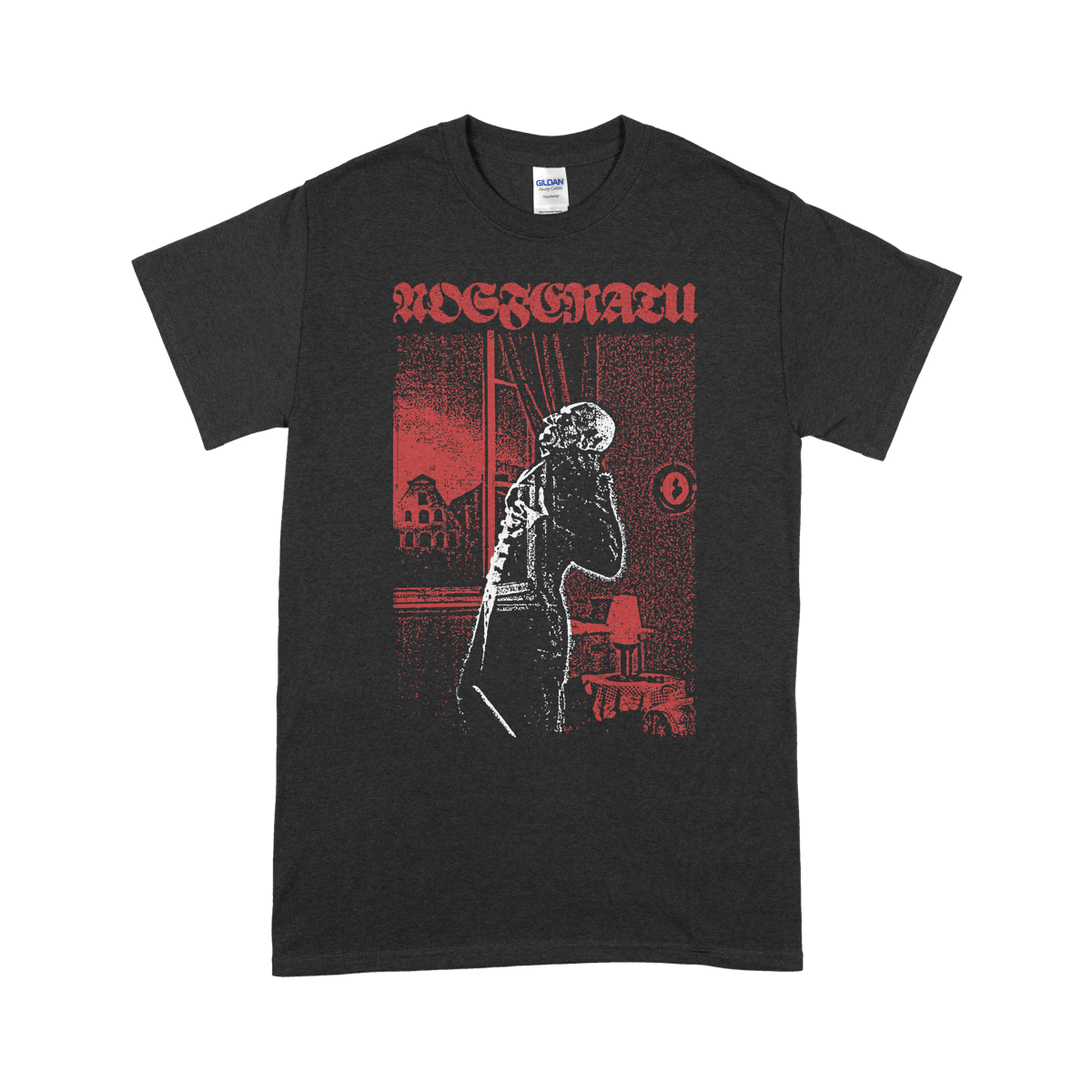The term "Nosferatu Age" refers to a period where vampire lore and its cinematic representation reached new heights of cultural significance. This era not only redefined the vampire mythos but also cemented its place in popular culture. As we delve into this captivating subject, we will uncover the origins, evolution, and cultural impact of the Nosferatu Age.
From ancient folklore to modern-day blockbusters, vampires have fascinated humanity for centuries. The Nosferatu Age, however, represents a distinct chapter in this long-standing tradition. It marks a time when the vampire mythos transitioned from obscure tales to a globally recognized phenomenon, influencing art, literature, and cinema.
This article will take you on a journey through the Nosferatu Age, exploring its historical roots, key figures, cultural impact, and enduring legacy. Whether you're a fan of vampire lore or simply curious about its cultural significance, this comprehensive guide promises to provide valuable insights into the world of Nosferatu.
Read also:Raising Asia Number Of Seasons And Its Impact On Pop Culture
Table of Contents
- Origins of the Nosferatu Age
- The Film That Defined an Era
- Cultural Impact of Nosferatu
- Vampire Mythology in the Nosferatu Age
- Subheading: Nosferatu's Influence on Literature
- Subheading: Nosferatu in Modern Media
- Historical Context of the Nosferatu Age
- Nosferatu in Art and Music
- Comparison with Other Vampire Myths
- The Enduring Legacy of Nosferatu
Origins of the Nosferatu Age
The Nosferatu Age finds its roots in ancient folklore and legends from various cultures around the world. The word "nosferatu" itself originates from Eastern European languages, particularly Romanian, where it refers to an undead creature that preys on the living. Over time, these myths evolved, blending with other vampire legends to form a rich tapestry of supernatural tales.
In the early 20th century, the publication of Bram Stoker's "Dracula" brought vampire lore to a wider audience. This literary masterpiece laid the groundwork for what would become the Nosferatu Age, inspiring countless adaptations and reinterpretations of the vampire mythos.
Nosferatu's Influence on Literature
During the Nosferatu Age, vampire literature flourished, with authors exploring the darker aspects of human nature through the lens of the undead. Some notable works from this period include:
- "Dracula" by Bram Stoker
- "Carmilla" by Joseph Sheridan Le Fanu
- "The Vampyre" by John Polidori
These works not only popularized vampire lore but also influenced other genres, such as gothic horror and speculative fiction.
The Film That Defined an Era
F.W. Murnau's 1922 silent film "Nosferatu" is often credited with defining the Nosferatu Age. This groundbreaking work introduced the world to Count Orlok, a chilling portrayal of the vampire archetype that would inspire generations of filmmakers.
Nosferatu in Modern Media
The influence of "Nosferatu" can still be seen in modern media, with numerous adaptations and homages paying tribute to its legacy. Some notable examples include:
Read also:Paula Shaw Barney Miller The Iconic Character In The Spotlight
- "Interview with the Vampire" (1994)
- "Only Lovers Left Alive" (2013)
- "What We Do in the Shadows" (2014)
These works continue to explore the themes and motifs introduced during the Nosferatu Age, ensuring its relevance in contemporary culture.
Cultural Impact of Nosferatu
The Nosferatu Age had a profound impact on global culture, influencing everything from fashion to music. The iconic look of the vampire, characterized by pale skin, sharp teeth, and dramatic capes, became a staple of gothic aesthetics. This cultural phenomenon can be attributed to the enduring appeal of vampire lore and its ability to resonate with audiences across different demographics.
Vampire Mythology in the Nosferatu Age
During the Nosferatu Age, vampire mythology underwent significant changes, adapting to the evolving tastes and preferences of audiences. Key elements of this mythology include:
- Immortality and eternal youth
- Aversion to sunlight and holy symbols
- Thirst for human blood
These elements continue to define the vampire archetype in popular culture, ensuring its relevance in modern storytelling.
Historical Context of the Nosferatu Age
The Nosferatu Age coincided with a period of significant historical and social change. The early 20th century saw the rise of cinema as a dominant form of entertainment, providing a new platform for vampire stories to reach wider audiences. Additionally, the post-World War I era fostered a sense of disillusionment and fascination with the supernatural, further fueling the popularity of vampire lore.
Nosferatu in Art and Music
The Nosferatu Age also left its mark on the art and music world, inspiring countless works that explored the darker aspects of human existence. Some notable examples include:
- Edvard Munch's "The Scream"
- Darkwave and gothic rock music
- Contemporary art installations inspired by vampire mythology
These works demonstrate the lasting influence of the Nosferatu Age on creative expression, transcending traditional boundaries and mediums.
Comparison with Other Vampire Myths
While the Nosferatu Age brought vampire lore to new heights, it was not without its predecessors and contemporaries. Other vampire myths, such as those originating from Slavic and Greek traditions, offer unique perspectives on the undead phenomenon. By comparing these myths, we gain a deeper understanding of the cultural and historical contexts that shaped vampire lore throughout history.
The Enduring Legacy of Nosferatu
The Nosferatu Age may have originated in the early 20th century, but its legacy continues to thrive in modern culture. From blockbuster films to critically acclaimed literature, the vampire mythos remains a powerful force in the world of storytelling. This enduring appeal can be attributed to the timeless themes of love, death, and transformation that lie at the heart of vampire lore.
Conclusion
In conclusion, the Nosferatu Age represents a pivotal moment in the history of vampire lore, influencing countless works of art, literature, and cinema. By exploring its origins, cultural impact, and enduring legacy, we gain a deeper appreciation for the rich tapestry of supernatural tales that continue to captivate audiences worldwide.
We invite you to share your thoughts and insights in the comments section below. Additionally, consider exploring other articles on our site that delve into the fascinating world of mythology and storytelling. Together, let's continue the conversation and celebrate the timeless allure of the vampire mythos.
Data Sources:
- Encyclopedia Britannica
- IMDb
- Library of Congress
- Academic journals on vampire mythology


